

We recently had the chance to connect with Shara Hutchinson and have shared our conversation below.
Shara, a huge thanks to you for investing the time to share your wisdom with those who are seeking it. We think it’s so important for us to share stories with our neighbors, friends and community because knowledge multiples when we share with each other. Let’s jump in: What do you think is misunderstood about your business?
I believe the work I do matters now more than ever. Change isn’t slowing down, and leaders are being asked to move faster with less certainty and higher stakes. That’s why these conversations are so important.
A lot of leaders assume that once a change is announced—whether it’s implementing AI, navigating a merger, rolling out a new system, or restructuring a team—everything else will fall into place. That people will just adapt. But that couldn’t be further from what actually happens.
At XposeYour, we help organizations operationalize readiness. We build strategy, coach leaders, assess real-time resistance, and train teams to lead through change, not just talk about it. And with the launch of Readiness Xchange, we’ve taken that work to a whole new level by finally giving organizations visibility into how ready their people, processes, and partners really are across complex initiatives.
The biggest misconception? That if the project plan is green, people must be on board. But readiness doesn’t show up in a Gantt chart. One team may be ready, another may be quietly resisting, and leadership often doesn’t know until something breaks.
That’s the gap we close. We don’t just “manage change.” We help organizations own execution—with the insight, strategy, and leadership muscle to drive transformation that actually sticks.
Can you briefly introduce yourself and share what makes you or your brand unique?
I’m Shara Hutchinson, Principal Change Strategist at XposeYour, founder of Readiness Xchange, and author of Barefoot in the Boardroom. At my core, I help organizations bridge the gap between vision and execution especially during times of change. I’m a purpose-driven leader guided by faith, integrity, and impact. Whatever I build, teach, or lead, I want it to matter—not just in the moment, but in the way it shapes people, systems, and long-term outcomes.
For the past 18+ years, I’ve led large-scale change across both the public and private sectors—navigating everything from digital transformations, mergers and acquisitions, AI integrations, and new policy rollouts, to enterprise system overhauls and workforce restructures. After leaving my corporate roles to pursue my dream, I started out offering strategy, training, and consulting services through XposeYour, but over time I noticed the same pattern: no matter how strong the plan was, many leaders couldn’t see the real readiness of their teams until it was too late.
That gap—the blind spot between a bold strategy and what people are actually prepared to deliver—is what inspired Readiness Xchange.
Readiness Xchange is an execution intelligence platform designed to give leaders real-time visibility into readiness, resistance, sentiment, and adoption across complex change initiatives. It doesn’t replace project or change management frameworks—it supports them. We sit at the intersection of the two, helping organizations understand not just what’s planned but whether people are truly ready to deliver it.
Because here’s the reality: the larger the organization, the harder it is to know what’s happening beneath the surface. A company of 100 employees might struggle with change, but they can pivot faster. A company with 10,000 employees? It’s like steering a cargo ship—slow to turn, and even slower to recover if you miss something. Visibility becomes a leadership imperative.
And in today’s climate—with the rapid pace of change being the norm, not the exception—readiness isn’t a luxury. It’s a competitive advantage. I genuinely believe organizations that build readiness into their operating model will outperform those that don’t. They’ll go live faster, retain more talent, and deliver on transformation with less waste.
At XposeYour, we don’t just coach and consult—we equip leaders to own execution. We’re currently building a group of Founding Members for Readiness Xchange, working closely with companies who are ready to lead differently and want early access to a platform designed to surface the things that derail change before they become costly.
The platform is backed by a philosophy that shows up in all of our work: that leadership during change requires a blend of courage and nuance. I talk about this in my book Barefoot in the Boardroom, which is about breaking outdated norms in order to lead effectively. The title actually came from a real moment—after walking around all day in heels, I kicked them off before heading into a boardroom presentation. One executive looked at me and said, “Shara, you’re literally barefoot in the boardroom—that’s a book title.” I wrote it down and beside it scribbled: sometimes, to avoid pain and lead well, you have to do something different.
That moment became symbolic of my work. I later developed the STAND leadership styles, which we use to guide leaders through high-stakes transformation. It’s an acronym that represents what strong change leaders need to be:
• Selfless – focused on the mission, not ego
• Tactful – clear and firm, without causing unnecessary harm
• Aware – tuned into both people and power dynamics
• Nimble – willing to adapt in real time
• Daring – bold enough to challenge what isn’t working
Not every leader leans on all five styles equally, but the best ones learn to flex based on what the moment calls for.
And outside of the work? I’m a proud mom to an energetic first grader and a miniature schnauzer who’s still adjusting to house rules. So, yes—there’s a lot of change happening at home too. Some days, I’m driving transformation strategies for major institutions, and others, I’m navigating math homework and barking in the background. It’s all part of the same story.
At the end of the day, my mission is simple: to help leaders stop hoping things go well—and start knowing they’re ready. The time to build execution intelligence is now. The cost of waiting is too high.
Appreciate your sharing that. Let’s talk about your life, growing up and some of topics and learnings around that. What’s a moment that really shaped how you see the world?
I grew up in circumstances that required resilience early—around foster care, poverty, instability, and situations that could have easily hardened me. But instead, they gave me perspective. I learned to observe people, adapt quickly, and find hope in unlikely places. I saw that change—both good and hard—was constant. And that shaped how I show up in the world: grounded, compassionate, and always looking for what’s possible, even in uncertain conditions.
One of the most defining experiences for me as an adult has been my journey with infertility. Over the course of eight years, I went through four rounds of treatment—countless appointments, procedures, waiting rooms, emotional highs and lows—and still had to show up, lead teams, deliver results, and be “on” at work.
There’s this quiet pain that so many people carry into the workplace—grief, loss, fear, disappointment—and yet the world keeps spinning. Projects don’t pause. Deadlines don’t wait. Leadership doesn’t stop just because life gets hard.
That experience completely reshaped how I lead and how I communicate. It taught me that behind every team member, every executive, every consultant—there’s a human going through their own personal version of change. And just because we don’t see it doesn’t mean it’s not there.
It’s part of why I believe kindness and clarity are two of the most underrated leadership skills. You can be firm and focused while still making space for empathy. And when you’re leading through organizational change, that balance is everything.
It also helped me build deeper trust with clients and teams. I became a better listener, a more patient strategist, and someone who doesn’t assume silence means alignment. Because sometimes people aren’t resisting the change—they’re just carrying more than they can say out loud.
The most beautiful part of that long journey? My son—our miracle. Becoming his mom changed me again. Even as an entrepreneur with big goals and a full calendar, he reminds me to stay present. To put the phone down. To soak up the little moments. And that’s shaped not just how I lead others—but how I lead myself.
That experience made me more human—and in many ways, more effective.
What did suffering teach you that success never could?
Pain, problems, and pressure are part of everyone’s story. I define suffering as those moments when life presses in—when things break down, fall apart, or don’t go the way we planned. And in those moments, we have a choice: we can let it shape us, stretch us, and strengthen us—or we can shrink under the weight of it.
I’ve lived through a lot—personally and professionally—and every time, I’ve made the decision to grow through it. I’ve learned to get better, not bitter. To extract the lesson, not just endure the moment.
Suffering taught me how to build when no one is clapping.
Success is visible—people celebrate it, repost it, applaud it. But suffering? That’s quiet. It’s in the moments where you’re solving a problem you didn’t cause, pushing through exhaustion no one sees, and staying focused when everything around you feels like it’s unraveling.
Those seasons shaped me more than any win ever has.
They taught me how to lead from a place of compassion, not just confidence. How to create structure in chaos. How to think creatively when resources are low, and still move with excellence even when no one is watching.
When you’ve had to keep going with nothing but grit and faith—you learn how to solve problems in real time, under pressure, and with empathy. That muscle doesn’t come from winning. It comes from enduring.
And it’s why I can do the work I do today. Whether it’s coaching executives through transformation or building a tech platform from the ground up, my resilience didn’t come from a title or a good year—it came from walking through fire and figuring out how to keep building anyway.
Suffering made me sharper. It made me more humble. It made me ready.
Success may be what people see, but suffering is where I became who I am.
So a lot of these questions go deep, but if you are open to it, we’ve got a few more questions that we’d love to get your take on. What are the biggest lies your industry tells itself?
I’ve been in the trenches of change leadership for nearly two decades, and one thing I’ve learned is this: the biggest risks to transformation are rarely technical. They’re human. But the industry still doesn’t want to face that truth.
One of the biggest lies in the change and transformation space is this:
If you send a clear email and conduct a training, people will be ready for change.
We’ve oversimplified change to a communication plan and a checklist. We rely on frameworks like they’re magic formulas. We act like if the project plan is green, the go-live will be smooth.
But change doesn’t fail because the software didn’t work. Or because the process was wrong. It fails because we didn’t prepare the people asked to deliver it.
The truth is: the technology is usually fine. The process is often well thought out. It’s the people side that introduces the risk. And we keep underinvesting in that part—assuming that sending a few emails, checking a few training boxes, or assigning a “change champion” will do the trick.
And that’s exactly why the failure rate hasn’t moved.
For more than 30 years, according to McKinsey and others, roughly 70% of transformation initiatives fail, go over budget, or run late. That number hasn’t shifted. Why? Because we keep telling ourselves the same lies:
• That resistance will be obvious.
• That readiness can be assumed.
• That a one-size-fits-all framework can fix every culture and every team.
• That change leadership is intuitive.
• That people will just “get on board” because the strategy makes sense.
Meanwhile, people are quietly overwhelmed. Leaders are misreading signals. And organizations are blindsided—again and again.
That’s why I created Readiness Xchange—to break that cycle. We don’t replace project or change management frameworks—we expose the gap they can’t see. Our platform gives leaders real-time insight into how ready people truly are, where resistance is growing, and what needs attention before go-live. We help leaders stop relying on assumptions and start leading with visibility.
Because until we stop believing these lies and start investing in execution intelligence, that 70% failure stat won’t change.
And I’m not just here to talk about it.
I’m here to build what finally changes it.
Thank you so much for all of your openness so far. Maybe we can close with a future oriented question. What are you doing today that won’t pay off for 7–10 years?
After everything I’ve experienced—personally and professionally—I’ve learned that real impact takes time. The most meaningful work rarely gives you instant gratification. It’s the kind of work you pour into knowing the results will outlive the moment.
Right now, I’m building Readiness Xchange not just as a platform, but as a category. We’re redefining how organizations approach transformation—moving beyond project plans and communication templates into something deeper: execution intelligence.
That payoff won’t come overnight. I’m creating the infrastructure, the thought leadership, the advisory models, and the intellectual property around a new way of thinking about change—one where readiness isn’t just a one-time step, but a measurable and ongoing strategic advantage. That takes time, education, and proof. It means helping leaders unlearn what hasn’t been working and guiding them toward visibility they didn’t even know they were missing.
I know I’m playing the long game. I’m investing now in reshaping how we think about leadership, readiness, and execution—so ten years from now, leaders won’t be relying on hope and hindsight. They’ll have tools and insight to lead with clarity and alignment from day one.
And at the same time, I’m building a legacy for my son.
When he was five, he told me he wanted to be an author like me. So I helped him publish his first book. Not because I needed the world to see it—but because he needed to see that if he could write and publish a book at five, he could do anything. He may not fully realize what that moment means until he’s older, but the seed is planted.
I want him to grow up knowing that courage, creativity, and leadership are all learnable—and that building something meaningful takes time, but it’s always worth it.
If ten years from now, I’ve helped transform how leaders execute change and helped my son believe in what’s possible—that’s the kind of return I’m here for.
Contact Info:
- Website: https://www.xposeyoursolutions.com/
- Linkedin: https://www.linkedin.com/in/shara-hutchinson/
- Youtube: https://youtu.be/Ov4ZekmrD7o?si=uWdwAit7kor8j5Oe
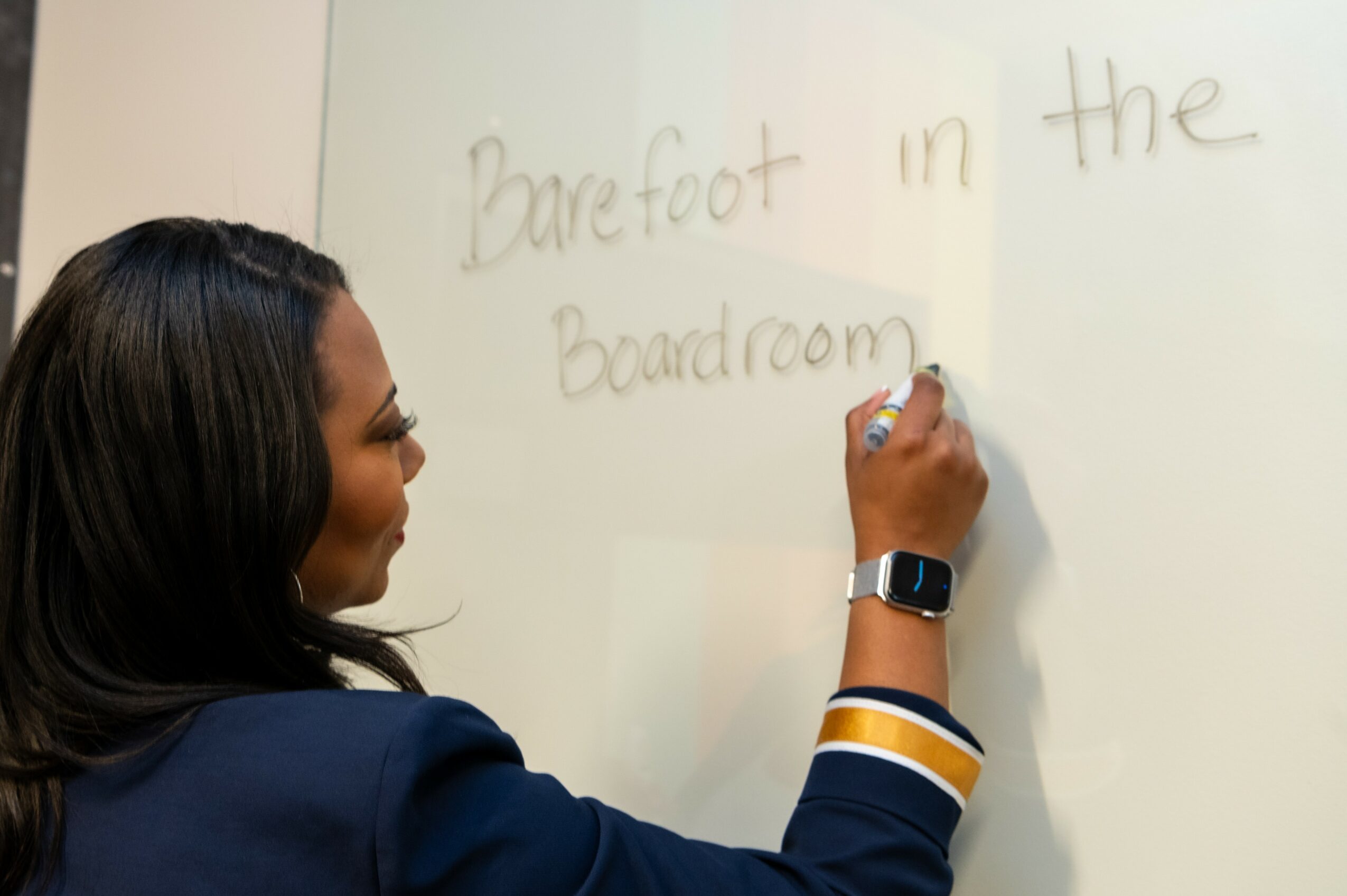
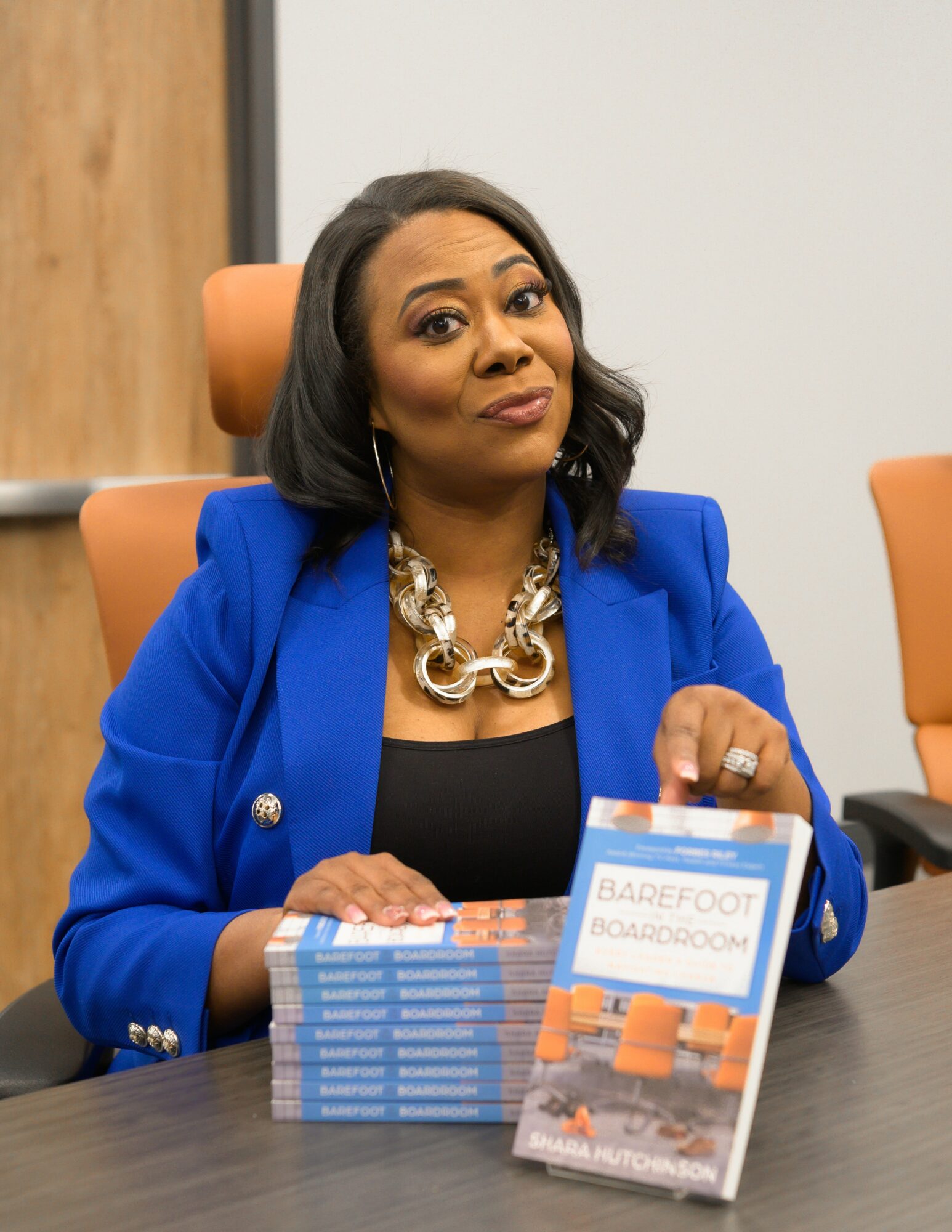
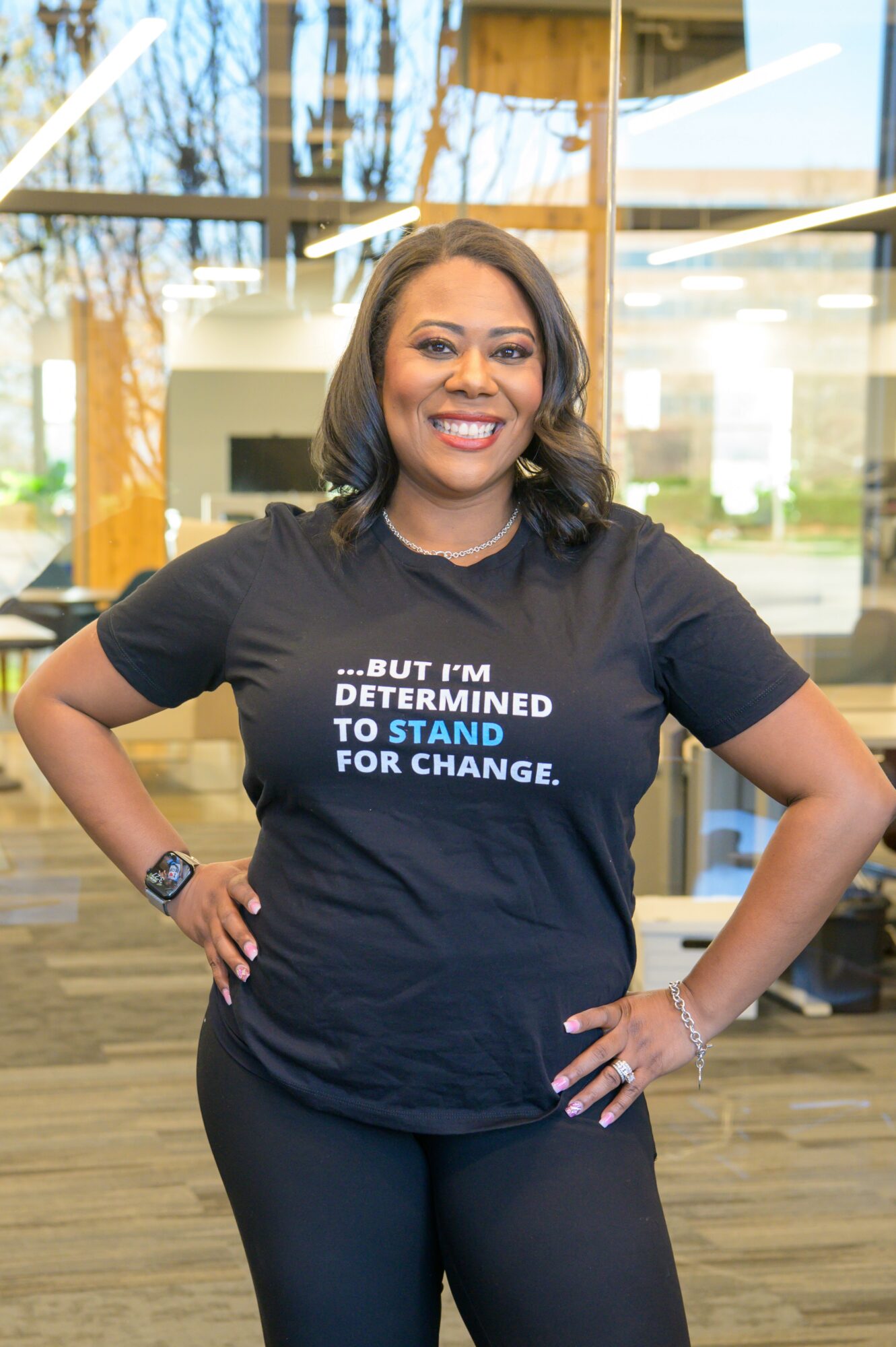

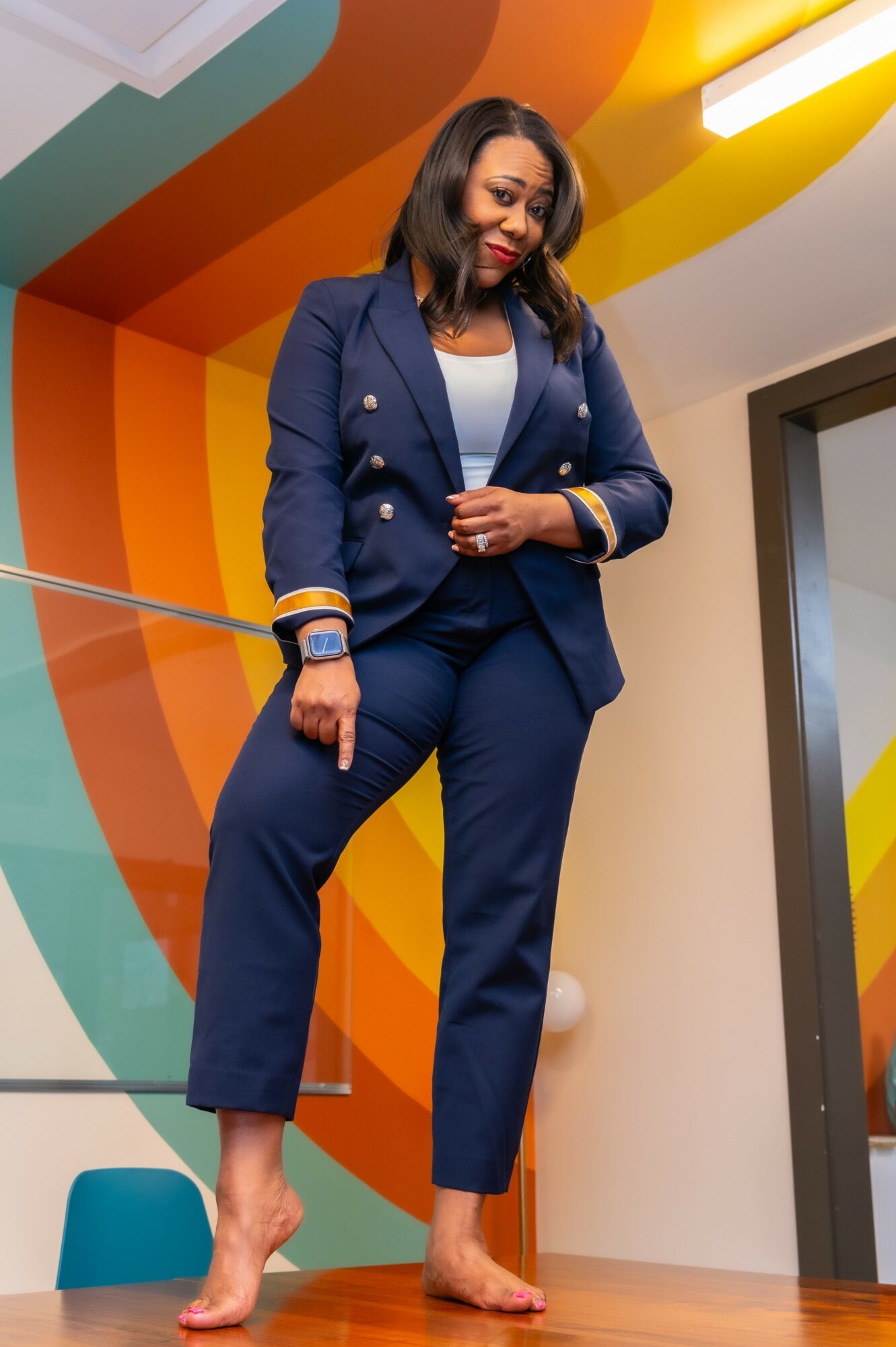
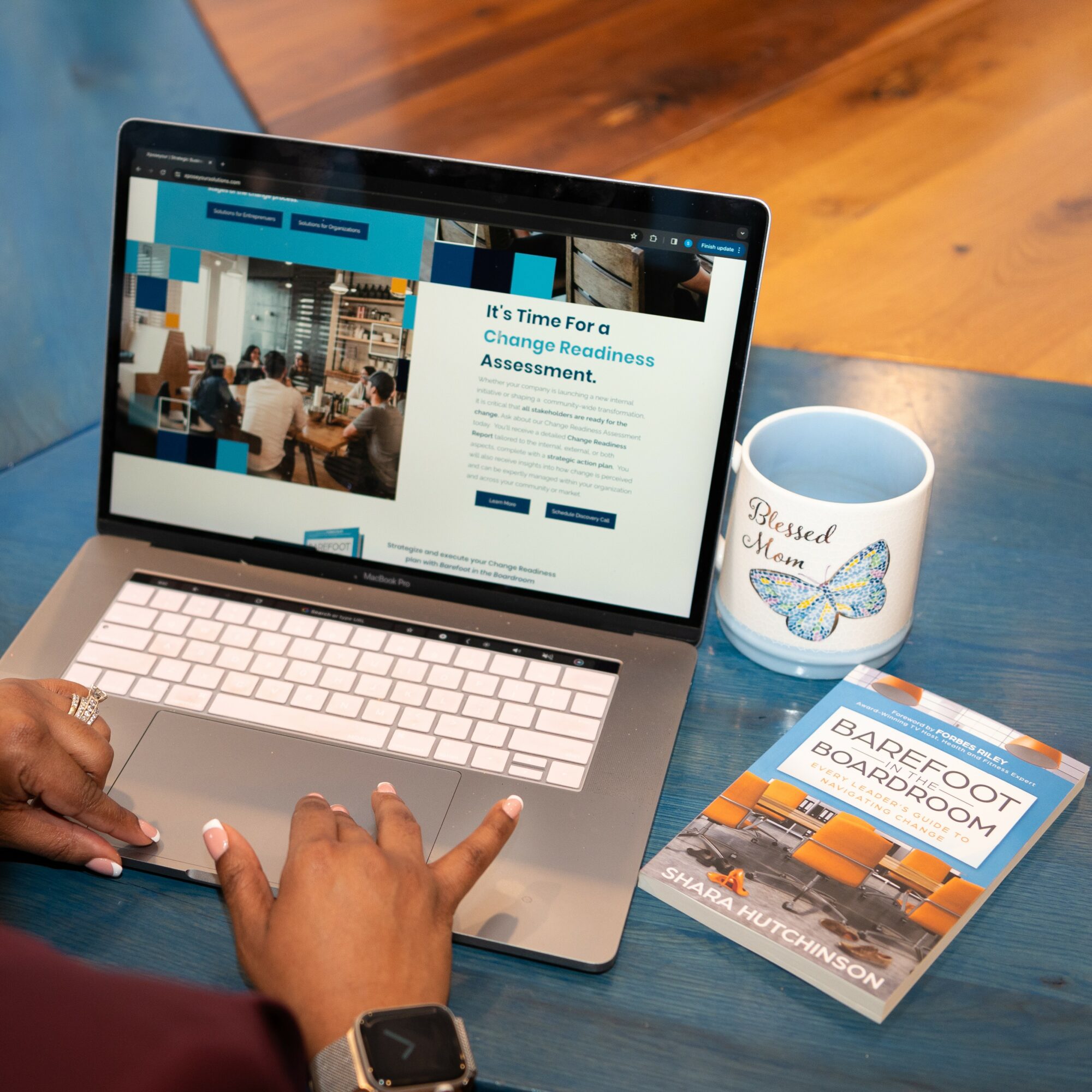
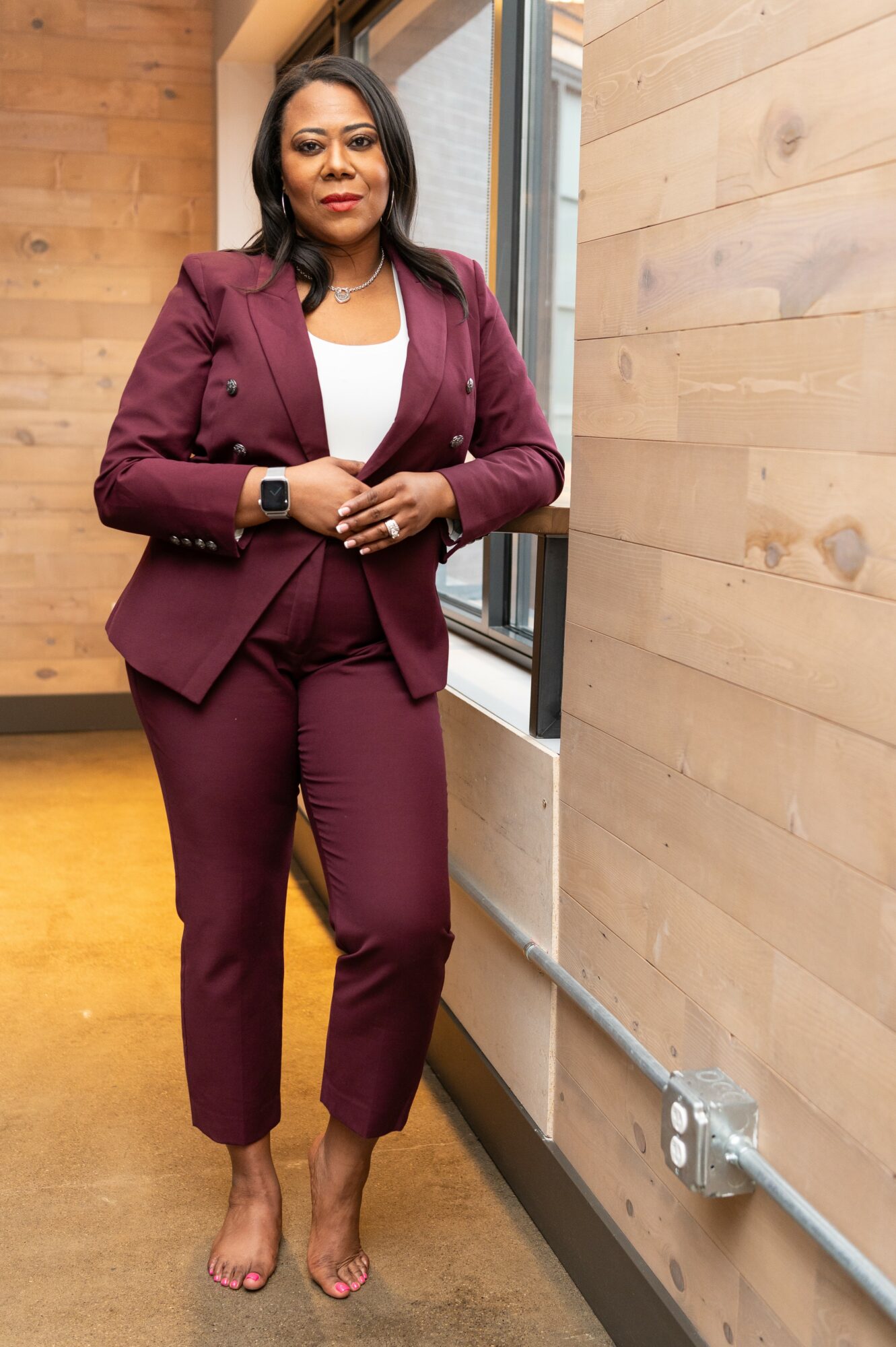
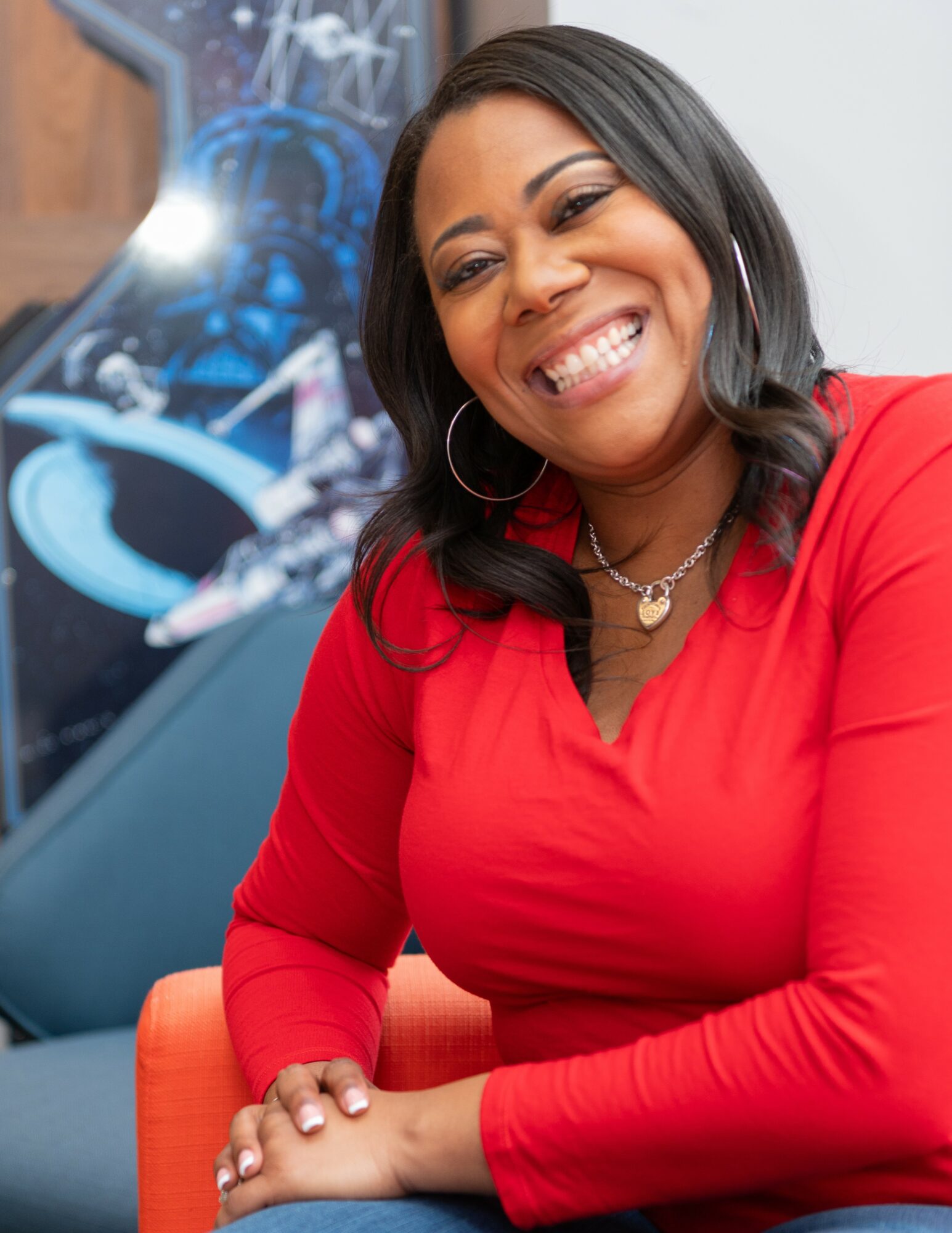
Image Credits
Steve’s Creative Sessions











